
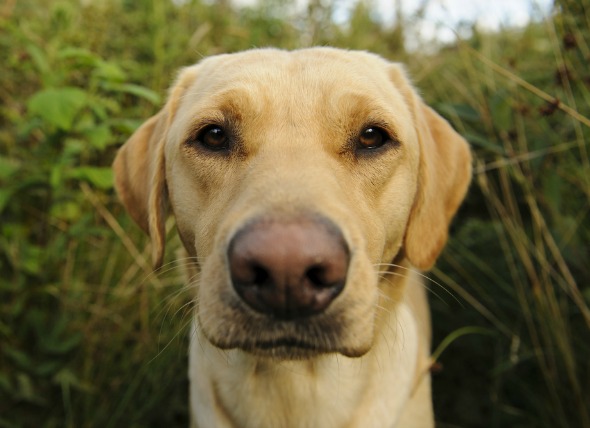
Dermatophytosis is the medical term for a parasitic fungal infection that affects the skin, hair, and/or nails (claws). The most commonly isolated fungal organisms are Microsporum canis (more commonly referred to as ringworm), Trichophyton mentagrophytes, and Microsporum gypseum. This disease occurs in dogs, cats, and other mammals. It is diagnosed more commonly in young animals than in old.
The condition or disease described in this medical article can affect both dogs and cats. If you would like to learn more about how this disease affects cats please visit this page in the PetMD health library.
Symptoms of ringworm in dogs include accumulations of surface skin cells, such as seen in dandruff (scales); poor hair coat; reddened skin (erythema); darkened skin (hyperpigmentation); itchiness (pruritus); and hair loss (alopecia), which may be patchy or circular. Other indications of ringworm in dogs that are readily apparent on the skin are raised, rounded, knotty (nodular) lesions known as granulomatous lesions, or boils, and raised nodular lesions that frequently ooze (kerions), the result of ringworm infection. There may also be inflammation of the claw folds -- the folds of skin bordering the nail, and medically referred to as paronychia.
Occasionally, dogs are classified as inapparent carriers -- harboring the disease-causing fungus, but presenting no visible signs of the condition. However, even these dogs are contagious to humans and other animals.
Dogs most commonly develop ringworm because of infections with the fungi Microsporum canis, Microsporum gypseum, and Trichophyton mentagrophytes. The incidence of each fungus varies according to your geographical location.
Diseases or medications that decrease the body's ability to develop a normal immune response (known as immunocompromising diseases, or immunosuppressive medications, respectively) can increase the likelihood that your dog will be susceptible to a fungal infection of the skin, hair, and/or nails, as well as increase the potential for a more severe infection. Environments that are densely populated with animals (for example, in an animal shelter or kennel), or where there is poor nutrition, poor management practices, and lack of adequate quarantine period, will also increase risk of infection.
Your veterinarian will perform a fungal culture of skin clippings, a microscopic examination of a sample of hair, and possibly a skin biopsy.
Most dogs can be treated on an outpatient basis, but quarantine procedures should be considered due to the infective and zoonotic (transmittable to humans) nature of some types of dermatophytosis. If your veterinarian needs to prescribe antifungal medications, the use of an Elizabethan collar (a wide collar placed around the neck) is recommended to prevent ingestion of antifungal medications applied to the dog's skin.
A fungal culture is the only means of truly monitoring your dog's response to treatment. Many animals will improve clinically, but remain fungal culture positive. It is advisable to repeat fungal cultures toward the end of treatment, and continue treatment until at least one culture result is negative. In resistant cases, fungal cultures may be repeated on a weekly basis, and treatment continued until two to three consecutive negative results are obtained. Complete blood counts should be performed weekly or biweekly for animals receiving griseofulvin, an anti-fungous antibiotic. Also, blood work to monitor the liver may be indicated for dogs receiving ketoconazole or itraconazole, two types of anti-fungal medications.
To prevent reinfection from other animals, the use of a quarantine period, and fungal (dermatophyte) cultures of all animals living in the household are necessary. Treatment of exposed animals should be considered to prevent repeated development of infection. The possibility of rodents aiding in the spread of the disease should be considered. If you suspect that your dog has access to rodents, or that rodents are in your immediate environment, it is highly advised that you take the necessary steps to eliminate the pests.
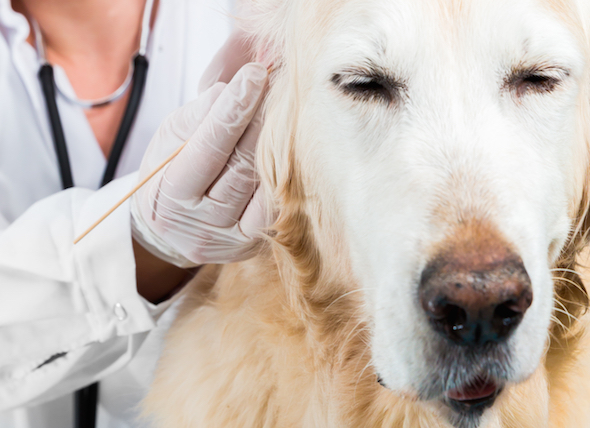 Ear Mites in Dogs
Otodectes cynotis Mites in Dogs
Otodectes
Ear Mites in Dogs
Otodectes cynotis Mites in Dogs
Otodectes
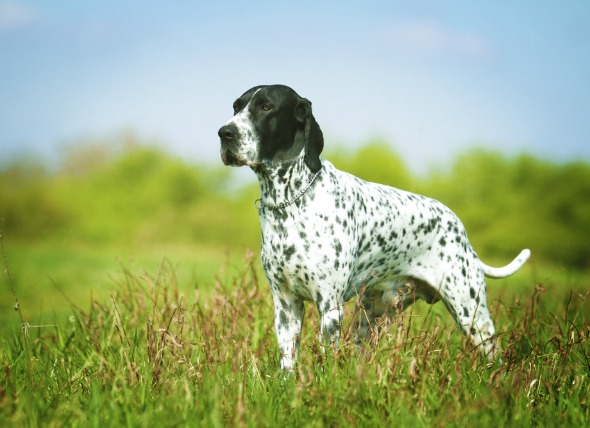 Liver and Spleen Cancer (Hemangiosarcoma) in Dogs
Spleen and Liver Hemangiosarcoma in Dogs
Hemangio
Liver and Spleen Cancer (Hemangiosarcoma) in Dogs
Spleen and Liver Hemangiosarcoma in Dogs
Hemangio
 Yellow Skin (Jaundice) in Dogs
Icterus in Dogs
The term icterus (or jaundice) de
Yellow Skin (Jaundice) in Dogs
Icterus in Dogs
The term icterus (or jaundice) de
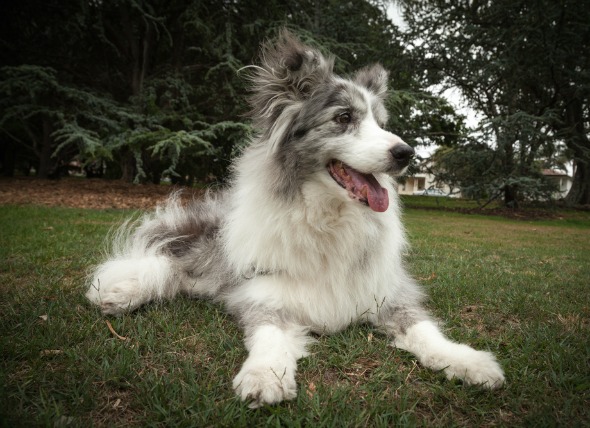 Liver Tumors in Older Dogs
Hepatic Nodular Hyperplasia in Dogs
Hepatic nodul
Liver Tumors in Older Dogs
Hepatic Nodular Hyperplasia in Dogs
Hepatic nodul
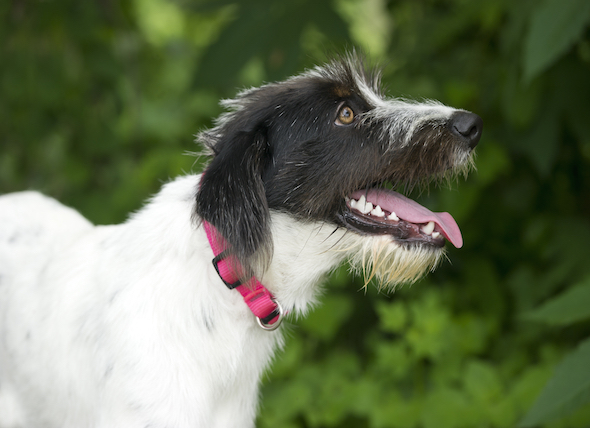 Breathing Difficulties in Dogs
Dyspnea, Tachypnea and Panting in Dogs
Troubled o
Breathing Difficulties in Dogs
Dyspnea, Tachypnea and Panting in Dogs
Troubled o
Copyright © 2005-2016 Pet Information All Rights Reserved
Contact us: www162date@outlook.com